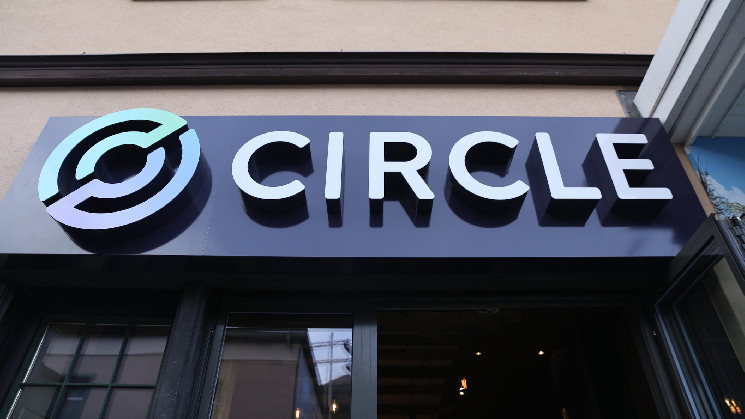Circle said that it will offer USDC to businesses through integrations with leading banks.
Pix in Brazil and SPEI in Mexico are payment systems established by the central bank of each country.
Circle has connected its USDC stablecoin with payment systems in Brazil and Mexico for corporate customers through integrations with leading banks, the company said Tuesday.
Circle said it now allows businesses to access USDC directly from local financial institutions in Brazil through PIX, a payments system created by the Central Bank of Brazil (BCB) in 2020 that has nearly 160 million users. In Mexico it is connected to SPEI, a system powered by the country’s central bank, Banco de México.
Circle’s announcement in Latin America comes as the company expands its stablecoins to other networks. Earlier Tuesday, Jeremy Allaire, CEO of Circle, said the company plans to bring USDC to the layer-1 blockchain Sui Network (SUI).
Circle’s USDC, the second-largest stablecoin behind Tether’s USDT, has a market cap of $35.50 billion and a 24-hour trading volume of $6.51 billion, according to CoinDesk price data.
Last week, investment firm Castle Island Ventures and hedge fund group Brevan Howard in a report said stablecoins are increasingly used for everyday finances such as savings, currency conversion and cross-border payments in emerging markets, including Brazil.
Read more: Stablecoin Giant Circle Is Moving Its Headquarters to New York City
The use of stablecoins in Brazil has already led large regional companies to recently launch initiatives in the segment. In August, Mercado Pago, the digital bank unit of Latin America’s largest company, Mercado Libre (MELI), introduced a stablecoin in Brazil tied to the U.S. dollar, called Meli Dollar.
Brazil and Mexico are not unfamiliar lands for Tether, issuer of USDT and Circle’s main competitor in the stablecoin segment. In 2022, it enabled the conversion of USDT to Brazilian reals through an agreement with Brazilian crypto services provider SmartPay, while it also presented its MXNT token pegged to Mexico’s peso during the same year.







Leave a Reply